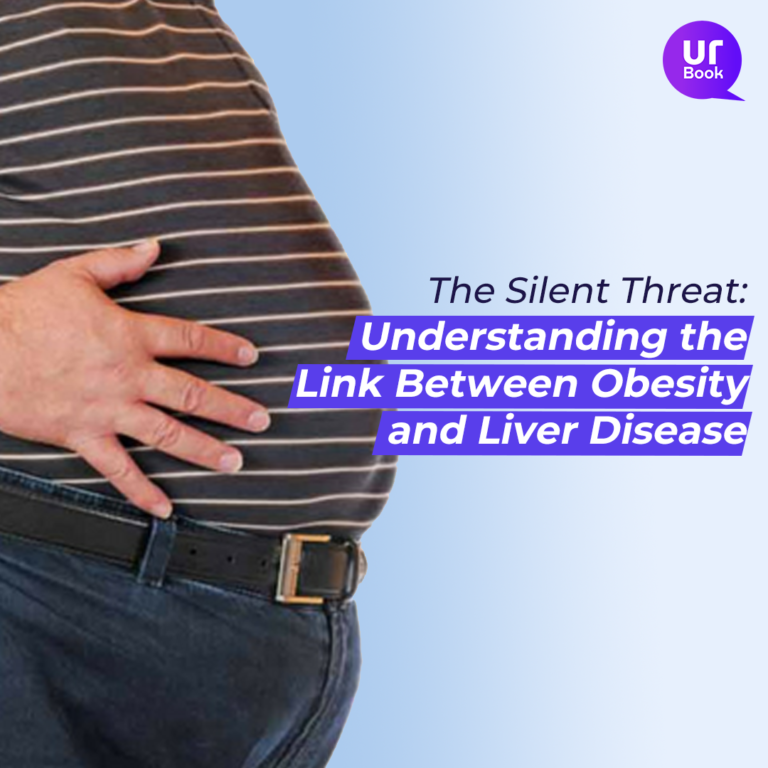
Obesity is a global health epidemic, with nearly 2 billion adults worldwide being overweight and over 650 million being obese. While fat is a hydra with many tentacles, one often overlooked is liver disease. So today, we explore the link between obesity and fatty liver, breaking down the causes and how to prevent non-alcoholic fatty liver disease.
What is fatty liver?
The liver is a vital organ that helps in metabolism, detoxification, and digestion. A healthy liver does not have fat or has very little of it. But when you eat too much or drink too much, the body starts to store fat in your liver cells.
When the amount of fat in your liver crosses 10% of its weight, it leads to a fatty liver. In most people, the condition is not caused by alcohol and is known as non-alcoholic fatty liver disease (NAFLD).
Surprisingly, fatty liver disease (steatosis) is extremely common. 1 in 3 adults has it. It is more prevalent in overweight people and those who have diabetes.

The heavy burden: how are obesity and liver disease linked?
The causes of what is known as non-alcoholic fatty liver disease differ, but it is common in people with:
- Diabetes
- High blood pressure
- High cholesterol and triglycerides
- Hepatitis or polycystic ovary syndrome (PCOS)
But it is overweight and obese people are in the most danger of getting a fatty liver, especially if the weight is around the abdomen.
What is obesity?
Defining who is unhealthily overweight or obese is not easy. But the simplest way is to measure the body mass index. Why? Because it’s an easily measurable indicator.
When the total body fat, or body mass index (BMI), crosses the 30 mark, you are considered obese.
Obesity and NAFLD have a complex relationship
As per research, excess fat in the liver triggers inflammation and oxidative stress, leading to liver damage.
In other words, when too much fat accumulates in the liver, it prevents the organ from functioning properly. It hinders the production of glucose, which leads to insulin resistance, which results in damage.
Moreover, obesity inflames adipose tissue or body fat, and it alters the microbiome in your gut. Both of which increase the risk of fatty liver disease.
Fighting the fat: preventing liver disease in the age of obesity
In an era where obesity is on the rise, the most important question you need to ask is: how to reduce fatty liver?
Well, the first line of treatment and the most crucial way to prevent fatty liver is changing your lifestyle. That means exercising and eating a healthy diet.
1. Adopt a well-balanced diet
When your food is full of unhealthy fats, added sugars, and refined carbohydrates, you gain weight. And that leads to a fatty liver. So the key to preventing liver disease symptoms is a healthy diet rich in:
- Fibre
- Whole grains
- lean proteins
- Fruits and vegetables
Keep a check on:
- Sugary beverages
- Processed foods
- Fast and junk food
When you limit the intake of empty calories, you can manage your weight better, which lessens the risk of NAFLD. A Mediterranean-style diet (one full of fruits and vegetables) reduces liver fat and inflammation in individuals with NAFLD.
2. Weight management is key
Studies show that even a mere 5–10% weight loss significantly improves liver health in people with fatty liver disease.
So, the next step to preventing obesity and its associated liver complications is regular physical activity.
When you exercise, you spend energy, which improves your body’s insulin sensitivity and promotes weight loss. Both aerobic exercise (such as brisk walking, jogging, or swimming) and resistance training (such as weightlifting) are effective at helping liver health.
In a week, aim for about 2.5 hours of moderate-intensity aerobic activity or about 75 minutes of vigorous-intensity exercise.
3. Address other risk factors
Apart from lifestyle modifications, a good way to prevent fatty liver is to take care of conditions like diabetes and hypertension. Manage them properly, and it reduces your risk of developing NAFLD.
Also, regularly monitor your liver’s health through blood tests, imaging studies, and liver function tests. It makes early detection and intervention possible.
The weight of a fatty liver on your health: understanding the consequences
Fatty liver symptoms themselves don’t cause much trouble. But the condition leads to significant health issues. For instance, when left unchecked, it can cause chronic inflammation, which severely damages the liver, leading to a condition known as non-alcoholic steatohepatitis (NASH).
It can even scar the liver, turning it into liver cirrhosis, a grave illness. And in a few cases, cirrhosis can turn into liver cancer. So, it is imperative to prevent fatty liver disease, and the first step you can take is to keep your weight in check.
Important note: Always consult with a healthcare professional, such as a physician or a registered dietitian, for personalised recommendations and guidance on preventive measures.
Sources
> Diet and Exercise in the Treatment of Fatty Liver (hindawi.com)
> Obesity: Causes, Types, Prevention & Definition (clevelandclinic.org)
